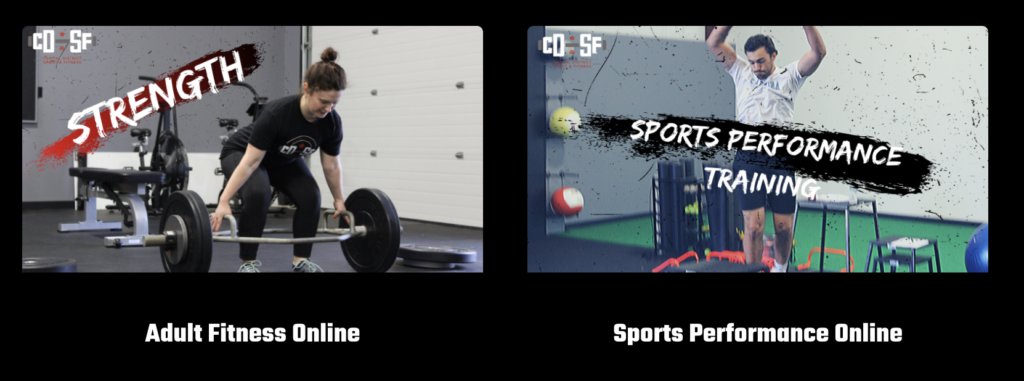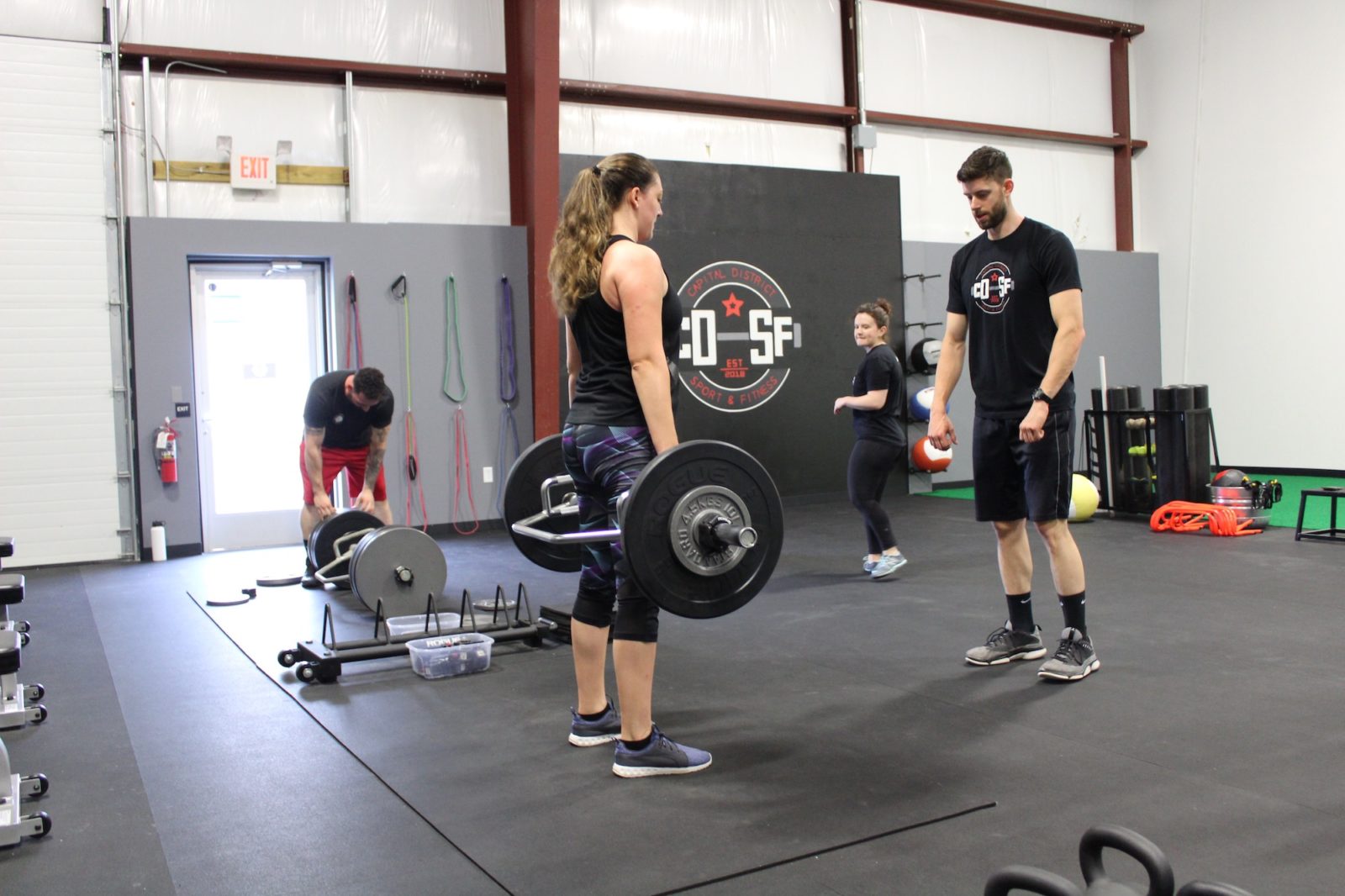No one can argue that those who see the most results from training have one thing in common.
Consistency.
Being consistent isn’t easy. Life happens, you get busy, you get bored, you get tired, and you get hurt.
You take some time off. Hit the refresh button, and because your last training plan didn’t work out, it’s on to the next program.
Working as a personal trainer for the past eight years I end up meeting a lot of people when they’re somewhere in the middle of the list above.
Whether you know it or not there are many variables in your exercise programs and your lifestyle that are either setting you up for long-term success or quietly de-railing you. Learning what these variables are will allow you to better examine a training program before you even begin and put you in a position to allow yourself to be consistent and see the results you want and deserve.
1. Gradual Increase in Volume
Gradually increasing the volume of your training program over the course of weeks and months sounds so simple, but is often missed by many gym goers. Using the minimal effective dose will keep you healthy and allow you to progress a program all the way to your end goal. Many soft-tissue injuries are brought on because of a drastic increase in training volume. Look at the number of Achilles, groins, and hamstring injuries at the beginning of NFL camps or injuries to those going from the couch to Cross Fit. A program that increases your work capacity and tissue resiliency over time will greatly reduce your risk of injuries due to fatigue and set your body up to be able to handle workouts of greater volume and intensity later on.
Look for whether or not your exercise program has a gradual increase in volume as you progress each week and month. If you’re new to the gym this may mean you start by performing only 12 total sets in week one and 20 total sets by week four. Powerlifting programs like 5/3/1 and The Juggernaut Method also do a good job of managing volume and intensity to help you build specific work capacity in the bench, squat, and deadlift. Group training should accommodate those of different fitness levels and allow some wiggle room for some to perform more work than others in any given class.
2. Movement Quality
Appropriate volume is only part of the equation for ensuring a fitness program is going to last. The quality of your movement is what dictates whether or not you develop great hamstrings and glutes or giant calves and erectors. This is where hiring a coach can be of great value. An educated movement-centric coach will be able to identify if you can.
- Centrate your joints and have movement availability in all three planes of motion
- Execute proper motor patterns while keeping your joints in advantageous positions
- Find, feel, and use the correct muscles during exercises
Keeping your joints healthy and applying stress to the correct muscles will tremendously increase your likelihood of training for the long haul and greatly reduce your risk of overuse and “wear and tear” injuries. It can be hard to objectively measure how well you move. Finding a coach or physical therapist that can assess you and create a plan that teaches you to move better is always a smart place to begin a new training program.
3. Variability of Movements/Implements/Load/Tempo
Variability in a fitness program will keep you healthy and prevent workouts from getting stale and boring.
Learn how to move in all three planes and master fundamental movement patterns and the list of exercises you will be able to safely perform becomes bountiful. Throughout the course of a workout or a week of training your program should include some form of squatting and hinging, pushing and pulling, abdominal work, and loaded carries. Do things on two legs and one leg and with two arms and one arm.
When applying external loads to movements, using different implements and choosing different ways to hold them will allow you to alter the movement in a manner that will help you train the correct muscles in better positions.
Choose any exercise.
Let’s say a squat. You could load it with a barbell, dumbbell, a kettlebell, two dumbbells, two kettlebells, a sandbag, or a medicine ball.
You could do a front squat, a back squat, a goblet squat, a zercher squat, a potato sack squat, an offset kettlebell squat, or an offset sandbag squat; the list could go on and on. Knowing where you should start on the progression-regression list will help make the movement safer and more effective and varying the implements will challenge the movement in a slightly different manner and help prevent boredom in your exercise program.
Varying the external load in a training program is also key to getting stronger and staying healthy while doing so. This is why many sub-max training programs that accumulate volume are so successful. Decreasing volume and increasing intensity during the course of several weeks and months is a much more suitable for long term strength gains than trying to push to a new 1RM each week in the gym.
Another variable that can be manipulated in an exercise program is the tempo at which the movement is performed. Being specific with the tempo of a lift is often neglected even though it has a huge influence on what adaptations are had from the exercise.
I bet if you’ve been performing goblet squats for the past few months with a 2010 tempo, they’ve become boring and easy for you. Now take the same weight and change your tempo to 3030. Feel grounded through both of your feet, push your heels through the floor, and focus on keeping constant tension on your glutes, hamstrings, quads, and abs I can guarantee that your easy goblet squat has just become much more challenging.
Varying the tempo of lifts could result in a squat hypertrophying your slow twitch fibers or cause you to increase your rate of force production. Both are important and both are needed. Choosing the right time to apply both and using both throughout the course of a training program can make performing the same old lifts much less monotonous.
4. Adaptability/Flexibility
Things come up in life.
You have to work late.
Your kids get sick.
Traffic is worse than usual.
And now you either can’t make it to they gym or have limited time. A great fitness program is structured, but also can be flexible. On these days it is helpful to have a few workouts that are of lower intensity, take less time to complete, or can be done at home.
Cardiac output and bodyweight circuits are two awesome ways to still get workouts in even when life comes up.
5. Premium Placed on Recovery
You may be able to get away with it for a short period of time, but in the end if your recovery efforts don’t meet or exceed the efforts put forth in your training you’ll likely be battling with fatigue and injury and that isn’t a fun battle to have.
A good training program emphasizes the other 23 hours of your day. Knowing what you can do to help promote your parasympathetic nervous system (rest and digest) and tissue recovery is invaluable.
Go through the checklist below and I’m sure you can do better in at least one and if not several of the categories.
- Sleep Quality & Quantity- Do you have a good sleeping environment? Are you getting enough hours of sleep?
- Nutrition- Quality & Quantity- Are you eating quality foods that promote low levels of inflammation? Are you eating enough calories to support your training?
- Respiration- Are you hyper-inflated? Can you fully exhale your air to help shift yourself to a more parasympathetic state?
- Tissue Quality- Do you get regular massages, acupuncture, or perform regular self-myofascial release?
- Active Recovery Sessions- Do you use active recovery sessions when you’re feeling tired or sore?
6. Mindset and Environment
You’re now making progress.
You’re moving well and gradually increasing how much you’re doing during each workout.
Your sleep is awesome, your nutrition is locked in, and you’re finally taking care of your body by prioritizing recovery.
Even with all of these important physical factors in check it can still be difficult to stick with an exercise program. If this is the case you need to reflect on your mindset and training environment.
Create short and long-term goals. Write them down somewhere next to why you’re training for these goals. A strong WHY, concrete GOALS, and internal MOTIVATION are powerful for sticking with exercise.
Your training environment also needs to be supportive of everything above. Behind the good music, sweat, and banging of weights needs to be a community of like-minded people who can push and motivate you as you work towards your goals.
Wrap it Up
I know a lot of people who have reached their goals with different training programs. There are a lot of programs out there and a lot work, but not everything works forever.
I promise that if you use this article as guide you’ll become an informed and confident consumer. You’ll be able to sift through a lot of BS that is currently in the fitness industry and find a program that will set you up for consistency and success.
Do You Want to Get Strong & Feel Your Best?
Check Out our Online Adult Fitness and Sports Performance Programs designed by our coaching staff using the same principles we use at our facility with our adult fitness clients and athletes.


